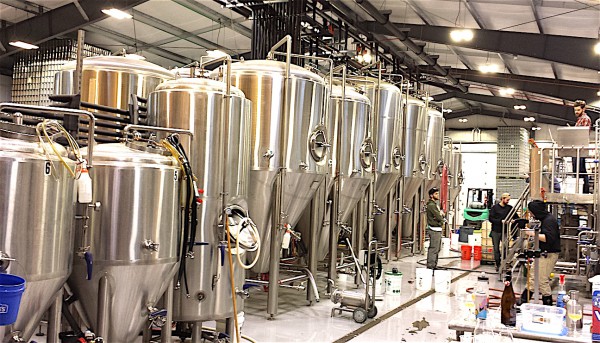Years ago, when Wyeast would answer homebrewers' questions submitted on their website, I asked about blending yeasts and co-pitching. Greg Doss himself replied to me, and this was his response:
"There will be nothing wrong (or weird) with blending the two strains,
however one culture will most likely dominate the fermentation. If you
want to get profiles of each strain, ferment each strain separately and
then blend beers at the end."
So now we essentially have one yeast lab that recommends copitching (Chris White through the Yeast book, as
@KnowYourDemons posted) and one that recommends blending separate ferments.
I'm not really saying I think it's more likely that TH is blending, co-pitching, etc. Just that they could be doing either and we don't really know.
The reason that I wanted to do the separate/blended this time is that of my two attempts I had one with excessive clove and another with no bubblegum/banana to speak of. Fermentis on their WB-06 spec sheet recommends fermenting "above 73.4F for banana." My first attempt was pitched at 77F and had very little banana, a lot of orange (from the T-58 I assume) and a lot of clove that faded over time but never went away completely. It was also SUPER tart, I assume from fermenting the S-04 so warm. My next attempt was copitched and fermented cool, but i halved the WB-06. I didn't notice the WB-06 at all. No undesirable phenols, but also no desirable banana-bubblegum esters from it. But much, much less tart.
So based on that I knew I wanted to expose the strains to different temperatures. I was deciding between staggered pitches and separate ferments, and I chose separate ferments because I feel like on my system it is more controllable than staggered pitches.
















































![Craft A Brew - Safale BE-256 Yeast - Fermentis - Belgian Ale Dry Yeast - For Belgian & Strong Ales - Ingredients for Home Brewing - Beer Making Supplies - [3 Pack]](https://m.media-amazon.com/images/I/51bcKEwQmWL._SL500_.jpg)











